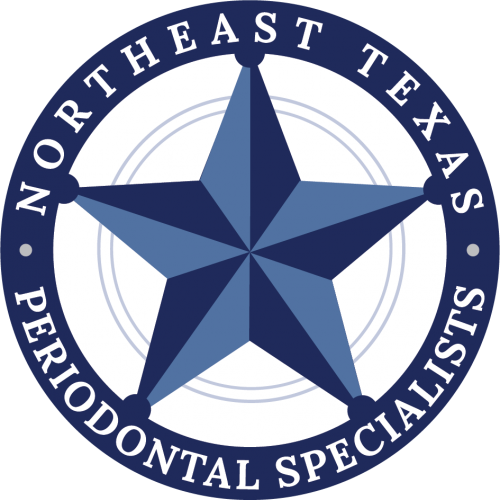A fractured tooth, or cracked tooth syndrome (CTS), is when an actual crack occurs in your tooth. A tooth fracture can be small and harmless as with craze lines, but more severe cracks can cause a part of your tooth to break or completely split in two. A fractured tooth can result from eating hard foods, old dental fillings with recurrent decay, grinding your teeth, or trauma.
Not every broken tooth will display symptoms but some symptoms of a fractured tooth may include constant or intermittent pain, especially when chewing; sensitivity to hot, cold, and sugar; and swelling in the gum tissue around the affected tooth.
What does a broken tooth look like?
There are actually a few types of fractures that can occur in the teeth. Let’s take a look:
* Craze lines (hairline cracks): small, thin cracks on the outer enamel of your tooth that do not cause any pain; usually harmless and very common
* Cracked tooth: a vertical crack that runs from the biting or chewing surface of your tooth to your gum line, sometimes even extending past the gum line and into the root
* Vertical root fracture: a crack that starts below your gum line and travels toward the biting surface; may not cause symptoms unless the tooth becomes infected
* Fractured cusp: a crack that forms around an old dental filling; not usually painful but should be repaired as soon as possible
* Split tooth: a crack extends from the tooth’s surface to below your gum line, it can split your tooth into two parts; requires immediate attention
What can be done about a broken tooth?
Your dentist will determine what treatment to provide depending on how severe the fracture is. Common treatments for a cracked or broken tooth include:
Cosmetic Contouring: Minor chips and breaks with no symptoms may be smoothed out by your dentist to remove rough edges on the tooth.
Composite Bonding: Dental bonding can be used to repair minor fractures or to restore a fracture after root canal therapy. Bonding uses the same material that is used to fill a small cavity.
Crown: A crown is a porcelain or ceramic restoration that fits over the entire fractured tooth all the way to the gum line. Crowns can save a fractured tooth from being extracted!
Root Canal Therapy: When a fracture is deep enough to extend into the pulp, it can then become infected. A root canal removes the infected pulp and prevents further damage and infection.
Extraction: If a broken tooth cannot be saved, removing the tooth may be the only option. Your dentist will provide you with options to replace the tooth once it has been removed.
A broken tooth can happen to patients of any age and can cause additional damage if not treated in a timely manner. Whether or not you experience symptoms, a cracked tooth should be addressed by your dentist as quickly as possible. Even if it is a minor chip, you still want to go ahead and have it smoothed to prevent further damage to the tooth and surrounding tissue.

